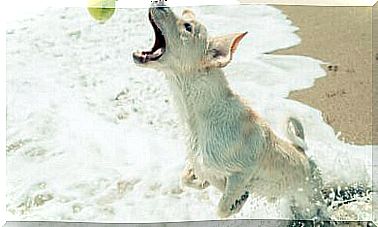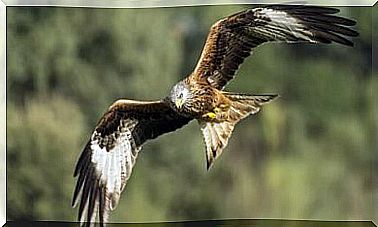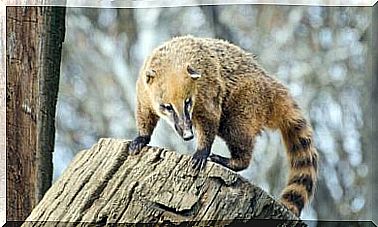Extinction Of The Dodo: Why And How Did It Happen?
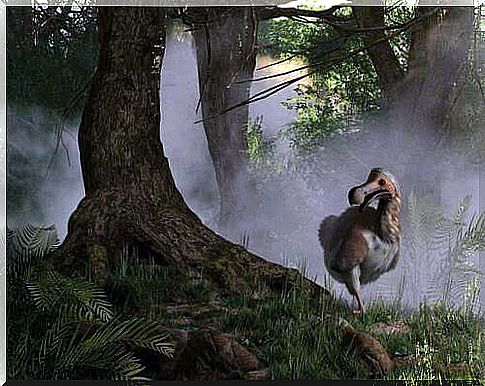
Strange but true, it must be admitted that more has been written about the dodo ( Raphus cucullatus ) than about any other bird in the world. The story of the dodo, an extinct bird, is undoubtedly very fascinating. In this article, we will try to find out how and why the extinction of the dodo occurred.
Much of the data we have available today on the dodo comes from legends and illustrations which, although very interesting, have led to the consolidation of misconceptions about the appearance of this bird and how its extinction occurred. Let’s read together how and for what the extinction of the dodo took place.
The physical appearance of the dodo
The dodo was a bird belonging to the Raphus cucullatus species – like pigeons – that did not fly. It was endemic to the Mauritius Islands in the Indian Ocean. Of this bird there are only bone remains, illustrations and legends.
Through the data collected, the researchers concluded that it was a large and heavy bird : it could reach one meter in height and weigh between 13 and 25 kilograms, with a very long torso. Additionally, the dodo is believed to have very muscular legs. The remains of the wing bones, on the other hand, show that they were very small, thus explaining why it could not fly.
The dodo had a large beak, about 20 centimeters long. Its shape reveals that it was a primarily granivorous bird – it fed on large seeds and fruits. It is very likely that his favorite food was the seeds of the tambalacoque tree ( Sideroxylon grandiflorum ), also known as the “dodo tree”.
A study published in the Linnean Society’s Zoological Journal showed that the dodo had a highly developed olfactory apparatus that likely helped it find seeds buried deep in the soil, which it burrowed with its strong paws.
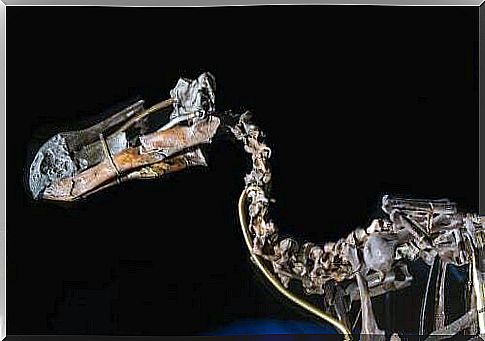
How and why did the extinction of the dodo occur?
Unfortunately, it took humans less than 100 years to make the dodo go extinct. Settlers have hunted this and other birds since their arrival in Mauritius in the 16th century. Interestingly, the dodo did not have other predators, so it did not have adequate means to defend itself.
It seems that the dodo was a very mild bird, easy to catch and which showed no fear towards the new colonizers of the island. This is why sailors easily hunted the dodo, thus hastening their extinction.
The last sighting of a dodo dates back to 1662. Later, other reports may refer to a similar bird that is often confused with the dodo, the red rail ( Aphanapteryx bonasia ). Despite this, statistical research studying the likelihood of a species becoming extinct, published in the journal Science, indicates that it is very likely that the dodo survived until the 1690s.
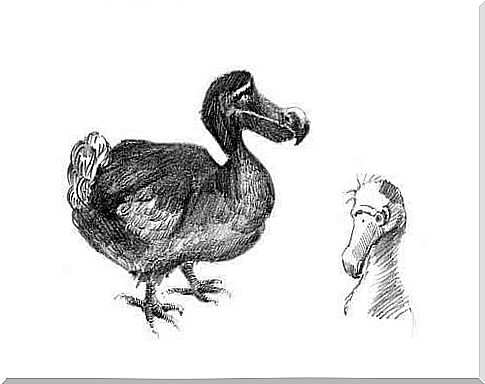
Other extinct birds
The dodo is not the only flightless bird that is extinct due to human action. Unfortunately, the list of birds that have disappeared from the Earth in less than a century is more than a hundred. Below is a short list with some of the birds that shared the same sad fate as the dodo :
- Red rail ( Aphanapteryx bonasia )
- Elephant bird ( Aepyornis maximus )
- Giant South Island Moa (D inornis robustus)
- Coastal moa ( Euryapteryx curtus )
- Southern kiwi ( Apteryx australis )
- King Island Emu or Black Emu ( Dromaius novaehollandiae ater )
- Kangaroo Island Emu ( Dromaius baudinianus )
- Arabian ostrich ( Struthio camelus syriacus )
- Amsterdam Island Wigeon ( Anas marecula )
- Law’s Diving Goose ( Cnemiornis gracilis )
- Great Auk ( Pinguinus impennis )
- Cuban inept crane ( Aptornis otidiformis )
- Chantham giant rail ( Diaphorapteryx hawkinsi )
- Rallo di Sant’Elena ( Aphanocrex podarces )
Species extinction is not only detrimental to the species involved. However small, each species plays a vital role in global ecology. Hence, the consequences of so many extinctions affect all beings that inhabit the planet.



